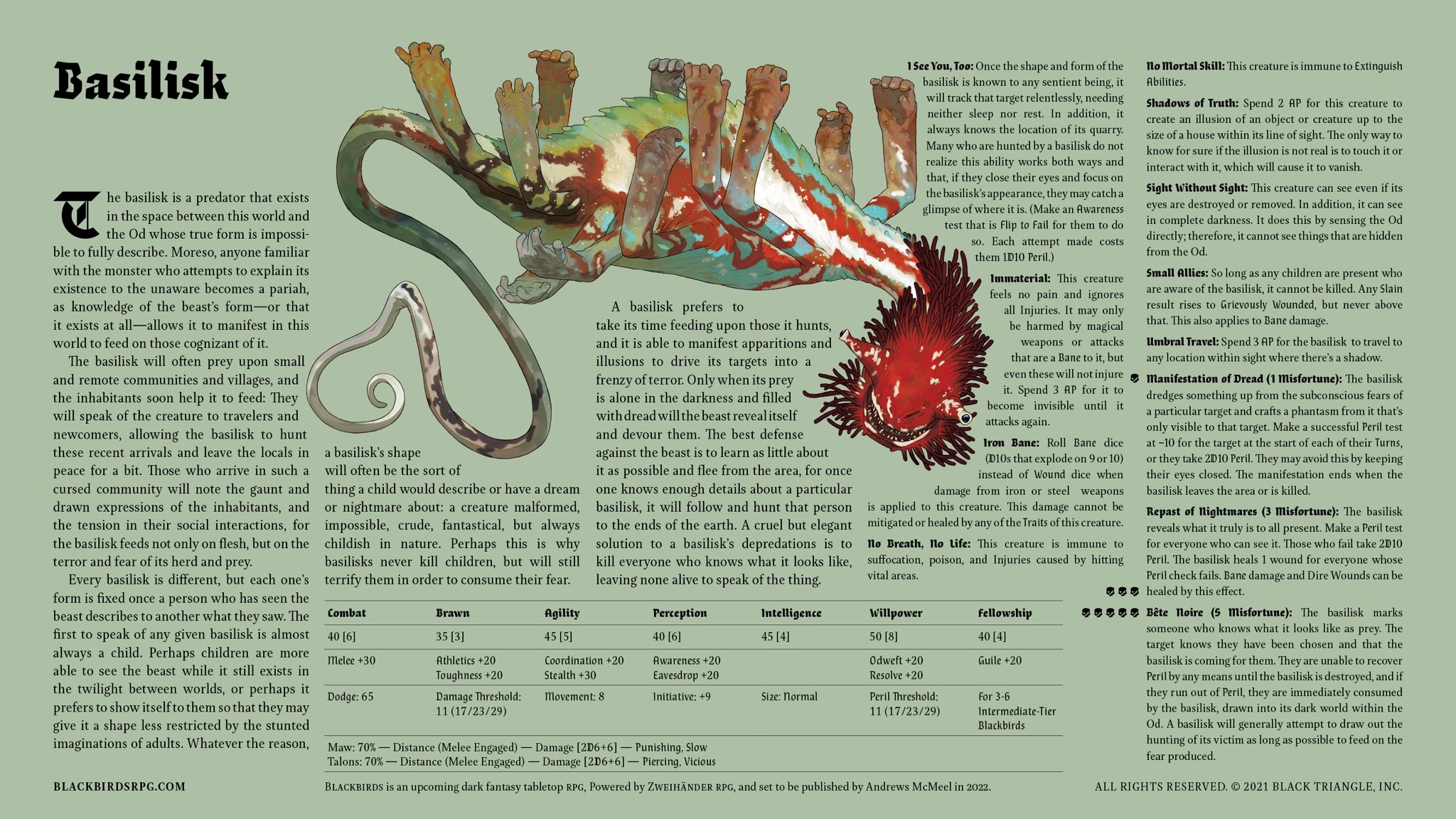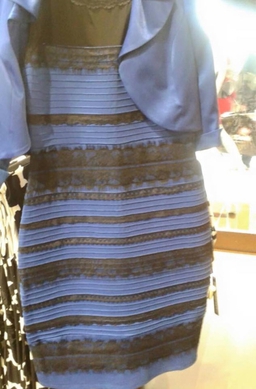Factions & Sects
Orthodox:
Follow strict rules and value reputation and "face" highly. Often portrayed as righteous or good, but frequently include elements of hypocrisy, political scheming, and Machiavellian manoeuvring.
Unorthodox:
Operate outside the rules. May include criminal elements, vigilante gangs, rebels, or freedom fighters. Frequently depicted as morally ambiguous or outright villainous syndicates, though they can blur into either direction.
Demonic:
Religious cults led by charismatic or tyrannical figures. They often uphold strength as the ultimate virtue. While some are shown with complexity or nuance, many maintain dark aspects such as slavery, raiding, forced indoctrination, or drug trafficking. Occasionally depicted as cartoonishly evil (e.g., human sacrifice, mass murder).
Cultivation & Internal Systems
Qi:
A type of life force or magical energy, functionally similar to mana.
Meridians:
A secondary circulatory system that channels qi throughout the body.
Dantians:
Energy cores within the meridian system. The lower dantian (below the navel) is most commonly referenced. The heart and brain (pituitary gland) dantians are sometimes included—using them often causes drawbacks like shortened lifespan or madness. The lower dantian, however, is never shown to have adverse effects.
Five Phases:
Wood, Water, Earth, Metal, Fire — the elemental basis for many systems.
Yin & Yang:
Symbolise female/male, cold/hot, dark/light, moon/sun, passive/active, contactive/expansive dualities.
Dao Heart & Heart Demons:
Refer to a cultivator’s conviction or spiritual purpose. Heart demons may represent inner turmoil, crises of faith, or psychological weaknesses. In some stories, they manifest as literal voices or entities undermining the cultivator’s willpower.
Qi Deviation:
Occurs when qi flows incorrectly. Always results in injury, and may cause insanity or death, depending on severity.
Qi Reversal:
A technique where qi is circulated in the opposite direction. It grants temporary power but almost always causes qi deviation. Even in stories with partial workarounds, it’s usually a desperate, fatal move.
Dao:
An overarching philosophical/religious concept. Generally translated as “the Way” or “life path,” but its meaning is vast, nuanced, and context-dependent.
Cultivation:
The process of absorbing and refining qi to build one’s power. Involves laying a strong foundation—poor foundations hinder future growth.
Techniques, Powers & Items
Killing Intent:
A magical aura projecting murderous intent. Can terrify enemies or give away one’s position if not properly suppressed. It's tied to the emotion of bloodlust but is somewhat controllable.
Whispering Technique:
Allows voice projection to specific individuals, sometimes called telepathy. Vocal cords move but the speech is undetectable to others.
Qi Blade:
A technique where qi is emitted from a blade, extending its range and lethality.
Telekinetic Sword:
Lets users control their sword remotely.
Flying Sword:
Used for flight. Other items such as gourds or even large leaves can also be used.
Qinggong:
Lightness or movement techniques that enhance agility and speed to superhuman levels.
Formations:
A broad term covering magical or strategic setups. May involve trap deployment, military formations, or spiritual arrays.
Music Dao:
Cultivation or techniques using music to produce magical effects or inflict physical damage.
Dual Cultivation:
Refers to sexual cultivation using yin and yang synergy between male and female practitioners. Typically benifical to both partners.
Cauldrons:
Slang for unwilling dual cultivation partners, often drained of qi. Rare for this to even be referenced in the stuff I read, but not so rare I don't know what it is. Forums and Reddit suggest they're more common in badly written light novels, where main characters are written as psychopathic self inserts.
Pills:
Based on traditional Chinese medicine. Herbs and pills are omnipresent.
Performance-enhancing substances are used by everyone who cultivates and
always portrayed positively. Occasionally, magical alcohol, food, or
water serves a similar purpose.
Physiques, Creatures & Spirits
Demonic Beasts:
Vary widely but often share traits such as high intelligence, the ability to speak, magical powers, humanoid or monstrous forms, a valuable internal core, and the capacity to cultivate.
Sword Spirits:
Weapons (usually swords) that possess souls. This concept may extend to other objects.
Ghostly Mentor:
A common trope where an initially unseen master saps the protagonist's
cultivation. Once they gain enough qi, the mentor materialises and
begins teaching, eventually offering enough benefit to offset the cost.
Poison Body:
A body infused with poison—often through extreme suffering—making the
user immune to toxins and capable of poisoning others with their qi.
Usually causes chronic pain.
Ice Yin Physique:
Females with ice powers but suffer from illnesses due to excess cold
yin qi.
Sometide an influx of Yang Qi solves the issue, which some authors
implement in usavoury ways. Excess yang can lead to overheating. There's
probably a fire or light based yang
equivalent to the ice yin physique, but it’s rarely explored in detail.
Qi Draining Physique: Some yin bodies can siphon
yang qi on touch, often as part of an illness that compels them to do
so. A yang counterpart that absorbs yin is likely but isn't something i've seen.
Gu Insects:
Insect-based methods used for control, coercion, or assassination.
Death Qi User:
Uses energy derived from death. Can see spirits and command them using shamanic practices.
Jiangshi:
Usually refers to rigid, hopping undead. May also apply to any intact-bodied undead.
Narrative Frameworks
Transmigration, Regression & Systems:
Common storytelling devices, overused.
-
Transmigration:
Involves a character’s soul entering another body, typically in another
world, sometimes that of a dead, pathetic or vile person. Ethical
concerns are rarely addressed, they just pretend to be the person around
their friends and fammily. Ocassionaly born as a baby with past life
memories. The world they end up in is also typically one they read about
in a light novel or was in a videogame they enjoyed, the novels and
games are always original creations by the story.
-
Regression: A character returns to their younger self with all memories intact. Sometimes they possess another body like in transmigration.
-
Past Life Memories: Sometimes results in personality shifts. Rarely distinguishable from transmigration.
-
Systems:
A helpful cheat system, Almost always tacky game-like UI elements
(missions, shops, gaccha pulls, rewards. I have seen a single exception
to this format), often poorly implemented, but made to be essential to
the plot.
Terminal Illness:
A common challenge for protagonists to overcome. The terminal illness often provides great power.
Revenge:
A major motivator for many characters. Destroyed sects, dead loved ones, tragic pasts.
Foreseen Tragedy:
Another common motivator. Often tied to regression, transmigration, or systems and revenge plots
Organisations & Sects
-
Escort Agencies: Deliver mail, protect cargo, and provide bodyguard services.
-
Tang Clan: Poison users from Sichuan. Orthodox.
-
Jaegal/Zhuge Clan: Strategists and propagandists. Orthodox.
-
Seol Clan (North Sea Ice Palace): Sometimes Mongolian-inspired. Based on Olkhon Island in Lake Baikal. Literal ice palace. Orthodox?
-
Mount Hua Sect: Plum blossom swordsmanship. Orthodox.
-
Zhongnan Sect: Based in Xi’an, Shaanxi Province. Snow blossom swordsmanship. Rivals of Mount Hua. Orthodox.
-
Mount Emei Sect: Warrior nuns. Orthodox.
-
Beggar Sect: Intelligence network run by beggars. Orthodox.
-
Shaolin Temple: Buddhist monks, focus on unarmed combat. Orthodox.
-
Wudang Sect: Swordsmen. Taoist. Emphasise yin-yang balance (taiji). Based in Wudang Mountains. Orthodox.
-
Namgoong Clan: Extremely powerful and influential, often depicted as number one in both regards. Orthodox.
-
Peng Sect: Brute strength fighters. Use massive weapons. From Hebei. Orthodox.
-
Mohist Sect: Typically experts in machinery, traps, and automatons. Adhere to Mohist rather than Daoist or Buddhist philosophy. Orthodox.
-
Nanman Beast Palace: Exists in two popular franchises, I know nothing about them beyond that they come from Yunnan Province.
-
Green Forest: Bandit union. Unorthodox.
-
Yangtze Pirates: Pirates operating on the Yangtze River. Unorthodox.
-
Hao Clan: Composed of the lowest societal classes—thieves, prostitutes, smugglers, drug dealers. Sell information more freely than the Beggar Sect. Unorthodox.
-
Ming Cult / Heavenly Demon Divine Cult: Based on Manichaeism. Has ties to the Ming Dynasty. Most ubiquitous Demonic.
-
Blood Cult: Use blood magic and necromancy. Known for mass murder. Occasionally shows splinter groups with moral ambiguity, but overall remains unambigously evil.



